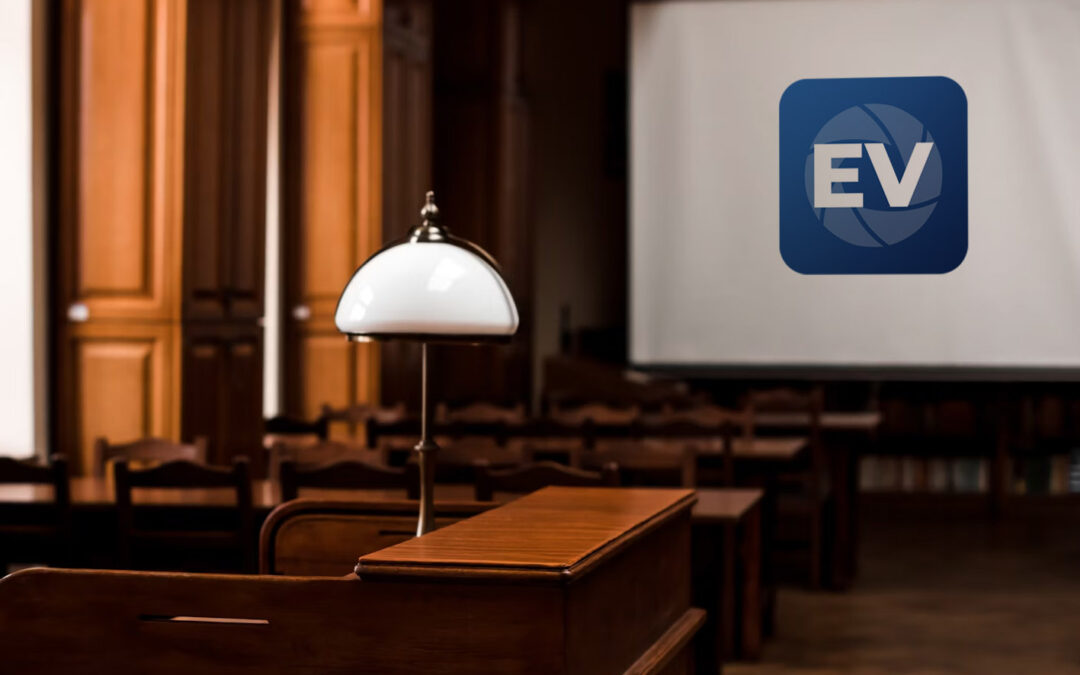Modern trial presentations bring cases to life.
Modern trial presentations bring cases to life.
Blog Article
Just How Test Presentations Enhance Your Argument and Encourage Jurors
Test presentations work as a crucial device for enhancing legal disagreements and encouraging jurors. By integrating visual aids, narrative structures, and emotional interaction, attorneys can produce an engaging situation that reverberates on numerous levels. The tactical usage of visuals not only clears up intricate details but likewise records jurors' attention extra effectively than words alone. The art of storytelling plays a similarly important function in changing valid evidence right into an engaging story, forming jurors' assumptions. Recognizing these aspects can substantially affect trial end results, elevating the question of just how each part adds to this complex dynamic.

Value of Aesthetic Help
Aesthetic aids play an important duty in enhancing the efficiency of test presentations, as they can considerably enhance audience interaction and retention of info. In the context of a test, where jurors are entrusted with handling complicated info, aesthetic help serve to simplify and clarify bottom lines. Graphes, graphs, and images can convey information and principles that might otherwise overwhelm or confuse jurors, permitting a more simple understanding of the evidence offered.
Moreover, visual aids assist in preserving juror interest throughout the process. By damaging the monotony of spoken testament, these tools can punctuate essential disagreements, making them extra remarkable. Reliable aesthetic aids can also evoke emotional reactions, which can be pivotal in encouraging jurors to straighten with the presenter's narrative.

Crafting Engaging Stories
An engaging story is vital in trial discussions, as it functions as the backbone of reliable persuasion. It allows attorneys to weave with each other realities, evidence, and psychological components right into a systematic story that resonates with jurors. This narrative structure makes it possible for jurors to comprehend the intricacies of the instance while guiding them with the attorney's argument.
To craft an engaging narrative, lawyers need to concentrate on clearness and comprehensibility. This involves establishing a clear protagonist-- commonly the customer-- and detailing their trip through the occasions concerned. Providing the facts in a logical series enhances understanding and maintains interaction. Additionally, the use of vivid descriptions can create mental pictures that assist jurors imagine the occasions, making the story much more remarkable.
Additionally, incorporating essential themes throughout the presentation enhances the core message and help in retention - trial presentations. The story ought to not only convey details however likewise evoke a feeling of justice, highlighting the risks included. Ultimately, a well-constructed narrative cultivates a link in between the jurors and the instance, positioning the attorney's argument as both legitimate and engaging, therefore increasing the chance of a positive decision

Engaging the Jury Mentally
Effective jury interaction hinges on the attorney's capacity to connect with jurors on an emotional degree. This link can substantially affect jurors' understandings and their best decision-making.
Aesthetic help, such as pictures or videos, can further enhance emotional involvement, supplying jurors with vibrant representations of the case's human aspects. Crafting a story that highlights the battles and triumphs of the people involved guarantees that jurors see beyond the legal disagreements and acknowledge the human repercussions of their decisions.
Additionally, tone and body language play an important role in sharing emotion. A continue reading this lawyer's passionate distribution can reverberate with jurors, enhancing their psychological investment in the event. It's important to balance sob stories with factual proof, ensuring that jurors really feel compelled to act while staying based in the truth. Ultimately, a psychologically involved jury is more probable to be encouraged, making emotional link a crucial element of effective trial presentations.
Structuring Your Presentation

The body of the discussion must be practically segmented right into bottom lines, each sustained by compelling evidence. It is advantageous to use narration strategies to weave realities visit this web-site right into a story that jurors can easily follow. Visual aids, such as graphes and videos, can enhance understanding and engagement, helping to highlight crucial items of evidence.
Real-World Study
Examining real-world situation research studies offers indispensable understandings right into the art of trial discussions and persuasion. The site situation of "O.J. Simpson v. Individuals of California" highlights just how visual aids and compelling narratives can sway court assumptions. The defense group properly used a strategy that integrated prominent expert statements with multimedia presentations, which captivated jurors and eventually affected their choice.
Another noteworthy instance is the "McDonald's Coffee Case," where the complainant's attorneys used visuals photos of the injuries sustained by Stella Liebeck. trial presentations. This plain visual evidence played a crucial role in sharing the extent of her burns, bring about a considerable court award. Such instances show that impactful trial presentations typically pivot on the reliable assimilation of visuals and storytelling to evoke psychological click for more info responses from jurors
Moreover, the "Casey Anthony Trial" highlighted the relevance of narrative coherence and reputation. The prosecution's failure to establish an engaging timeline reduced their convincing power, underscoring the necessity of a well-structured discussion. Analyzing these situations reveals that effective test presentations call for tactical preparation, psychological engagement, and the ability to resonate with jurors' worths and beliefs.
Final Thought
Test discussions substantially improve disagreements and encourage jurors via the critical usage of aesthetic aids, compelling narratives, and psychological involvement. A well-structured discussion balances emotional charms with valid proof, ultimately reverberating with jurors' values.
Report this page